
Find Help
More Items From Ergsy search
-

How are embryos transferred during IVF?
Relevance: 100%
-

How many embryos are usually transferred in IVF?
Relevance: 99%
-
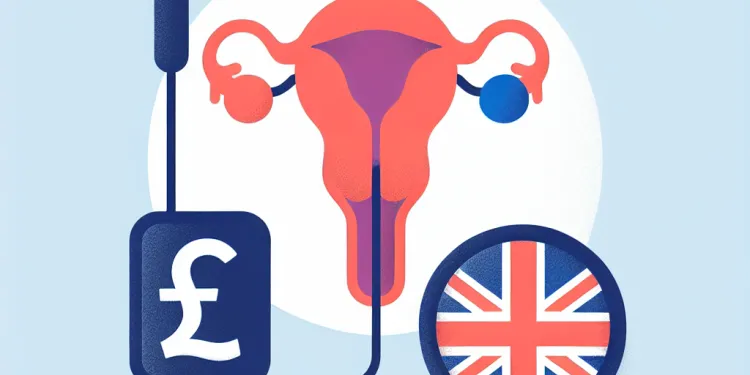
What is IVF?
Relevance: 68%
-

What is IVF and how does it work?
Relevance: 64%
-

How does IVF work?
Relevance: 64%
-
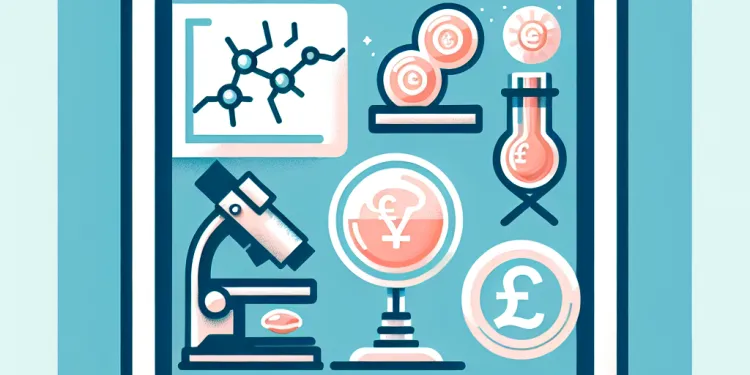
What is the role of the embryologist in IVF?
Relevance: 64%
-

What are the main steps in an IVF cycle?
Relevance: 63%
-
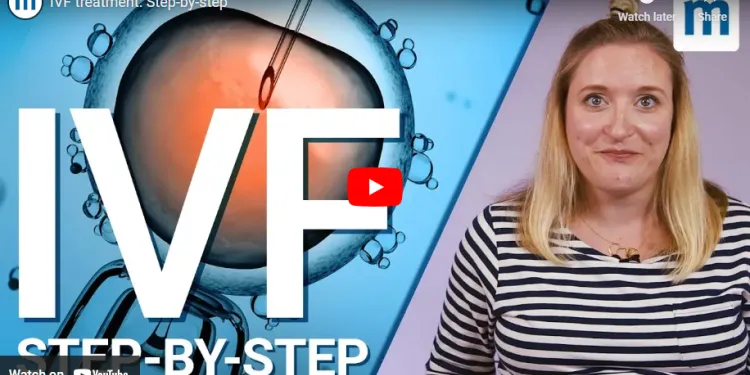
IVF Fertility Treatment from MumsNet
Relevance: 63%
-

What should I expect during IVF treatment?
Relevance: 62%
-

How long does an IVF cycle take?
Relevance: 62%
-
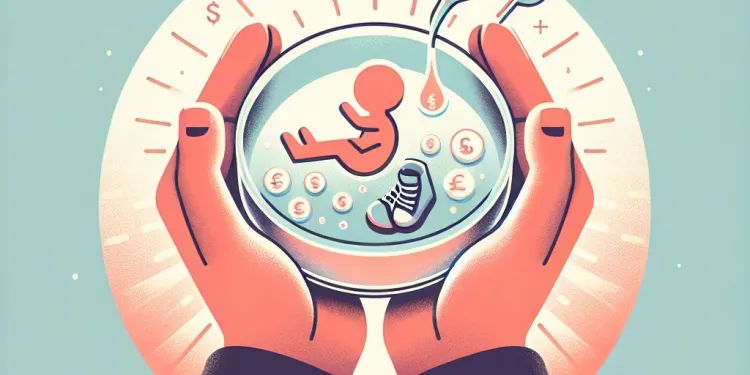
Is IVF successful?
Relevance: 59%
-

Are there risks associated with IVF?
Relevance: 59%
-

Infertility - IVF Treatment and Patient Information
Relevance: 57%
-

Can IVF be done with donor eggs or sperm?
Relevance: 54%
-
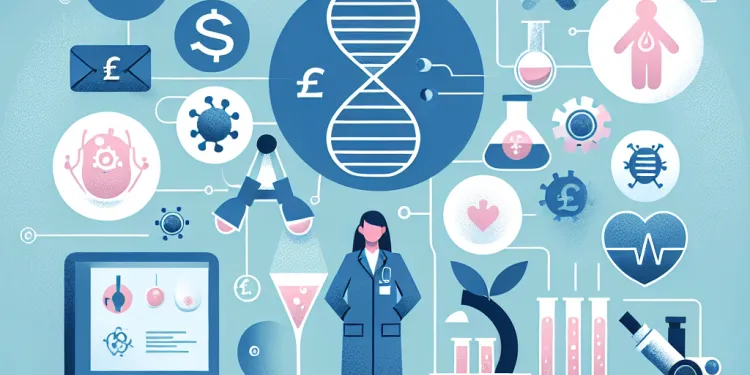
How is the sperm used in IVF?
Relevance: 52%
-

Does IVF guarantee pregnancy?
Relevance: 52%
-

Does IVF require anesthesia?
Relevance: 52%
-

What happens to unused embryos?
Relevance: 52%
-
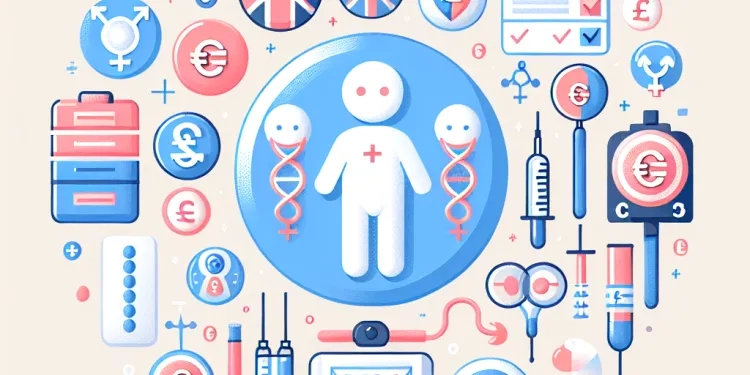
Can IVF be used for gender selection?
Relevance: 50%
-

Who might need IVF?
Relevance: 45%
-
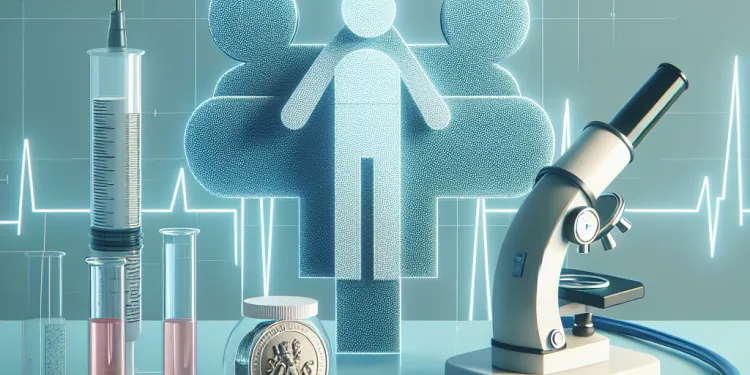
How do clinics determine if IVF is the right option?
Relevance: 34%
-

Is there a minimum transfer amount required?
Relevance: 29%
-

Is a balance transfer the right choice for me?
Relevance: 28%
-

Can I transfer my ISA between providers?
Relevance: 27%
-

Are there any fees associated with balance transfers?
Relevance: 27%
-

What is a balance transfer credit limit?
Relevance: 27%
-

How does a balance transfer work?
Relevance: 27%
-

What is a Balance Transfer Credit Card?
Relevance: 27%
-

Will transferring a balance affect my credit score?
Relevance: 27%
-

How do I apply for a balance transfer card?
Relevance: 27%
-

How long does a balance transfer take?
Relevance: 26%
-

Can I transfer a balance to a card with no promotional offer?
Relevance: 26%
-

Do balance transfer offers apply to new purchases?
Relevance: 26%
-

What happens if an inmate is transferred to another facility?
Relevance: 26%
-

Can I transfer my TV license to a new address?
Relevance: 26%
-

What are the benefits of a balance transfer credit card?
Relevance: 26%
-

Can I transfer balances from any credit card?
Relevance: 26%
-

Can I transfer a balance from a loan to a credit card?
Relevance: 25%
-

Can I use a balance transfer card for new purchases?
Relevance: 25%
-

What is the typical duration of a promotional balance transfer offer?
Relevance: 25%
Introduction to Embryo Transfer in IVF
In vitro fertilisation (IVF) is a widely-used assisted reproductive technology in which an egg and sperm are combined outside the body to form an embryo. A crucial step in the IVF process is the transfer of embryos into the uterus. This stage, known as embryo transfer, plays a significant role in the success rates of IVF treatments.
The Timing of Embryo Transfer
Embryo transfer typically occurs several days after the egg retrieval and fertilisation process. The timing can vary depending on whether the embryos are transferred at the cleavage stage (around day 2-3) or the blastocyst stage (around day 5-6). In the UK, the choice between these stages is often influenced by the clinic’s protocols, the number of embryos available, and the quality of embryo development observed in the lab.
The Embryo Transfer Procedure
The procedure of embryo transfer is relatively simple and non-invasive. It is similar to a cervical smear test and does not usually require sedation. The woman is asked to lie on her back with her legs in stirrups. A speculum is gently inserted into the vagina to hold it open and allow access to the cervix. Next, a thin, flexible catheter containing the selected embryo(s) is carefully threaded through the cervix into the uterus.
The transfer is guided by ultrasound to ensure the precise placement of the embryos into the optimal location within the uterine cavity. Despite the technological advancements in imaging and embryology, the success of implantation largely depends on the embryo's quality and the uterine environment.
Considerations and Recommendations
In the UK, the Human Fertilisation and Embryology Authority (HFEA) regulates fertility treatment practices. Clinics may recommend transferring a single embryo to reduce the risks associated with multiple births. Single embryo transfer is often encouraged when multiple high-quality embryos are available, particularly in younger women or first-time IVF attempts.
Following the transfer, patients are usually advised to remain lying down for a short period. Post-transfer, normal day-to-day activities can typically be resumed fairly quickly, though heavy exercise is usually avoided. The waiting period, often referred to as the "two-week wait," follows ending either in a pregnancy test at home or a blood test at the clinic.
Conclusion
Embryo transfer is a critical phase in the IVF journey, requiring skill and precision. Success primarily rests on the combination of high-quality embryos and timing, along with the expertise of the medical team. For many couples and individuals, this procedure brings hope as an essential step towards achieving pregnancy through IVF. As with all medical procedures, patients should seek guidance and support from their healthcare providers throughout the process.
Introduction to Embryo Transfer in IVF
IVF stands for in vitro fertilisation. It helps people have babies. An egg and sperm are mixed outside the body to make an embryo. Then, the embryo is placed into the uterus. This is called embryo transfer. It is an important step in IVF to help the treatment work well.
When is Embryo Transfer Done?
Embryo transfer happens a few days after taking eggs from the woman. The timing can be different. Embryos are put into the uterus around day 2-3 or day 5-6. The choice depends on the clinic, the number of embryos, and how well embryos are growing.
How Does Embryo Transfer Work?
Embryo transfer is simple and not painful. It is like a cervical smear test. The woman lies on her back with her legs up. A small tool opens the vagina. A thin tube with the embryo is put into the uterus. Doctors use a picture from ultrasound to place the embryo in the right spot.
The success depends on the quality of the embryo and the health of the uterus.
Things to Consider
In the UK, rules help keep IVF safe. Clinics may suggest putting one embryo in to avoid twins or triplets. This is often suggested if there are many good embryos, especially for younger women or those trying IVF for the first time.
After transfer, women should rest for a short time. They can go back to normal activities soon but should not exercise too much. After two weeks, they can check if they are pregnant with a test at home or at the clinic.
Conclusion
Embryo transfer is an important part of IVF. It needs careful timing and good embryos. Doctors and nurses help make it work. This step gives hope to many who want to have a baby through IVF. Always talk to doctors for help and support.
Frequently Asked Questions
What is embryo transfer in IVF?
Embryo transfer is the final step of an IVF cycle where one or more fertilized embryos are placed into the uterus.
How is the embryo transfer performed?
A catheter is gently inserted through the cervix into the uterus, and the embryo is released inside the uterine cavity.
Is anesthesia required for embryo transfer?
Embryo transfer is usually a simple and painless procedure that doesn’t require anesthesia.
How long does the embryo transfer procedure take?
The actual embryo transfer takes only a few minutes, though the entire process may last up to 30 minutes.
How many embryos are typically transferred during IVF?
The number of embryos transferred depends on factors such as age and embryo quality, but usually ranges from one to three.
When does embryo transfer occur after fertilization?
Embryo transfer typically occurs 3 to 5 days after egg retrieval and fertilization.
Will I need to rest after the embryo transfer?
Most clinics recommend a brief period of rest immediately after the transfer, but normal activities can usually be resumed soon after.
What preparation is needed before embryo transfer?
Patients may be advised to have a full bladder to facilitate ultrasound guidance during the transfer.
Is ultrasound used during embryo transfer?
Yes, ultrasound guidance is often used to ensure the precise placement of the embryos in the uterus.
Can I take a pregnancy test right after the embryo transfer?
A pregnancy test is usually performed about 10-14 days after the embryo transfer to check for success.
How are the embryos selected for transfer?
Embryologists evaluate the embryos based on their development and quality, selecting the best ones for transfer.
Can I choose the number of embryos to be transferred?
The decision is typically made collaboratively with your doctor based on your situation and medical guidelines.
What happens to embryos that are not transferred?
Extra embryos may be cryopreserved (frozen) for future use or discarded, depending on the patient's wishes.
What are the risks associated with embryo transfer?
Risks are minimal but can include infection or mild cramping. Rarely, multiple pregnancies can occur if more than one embryo is transferred.
Does embryo transfer guarantee pregnancy?
No, while embryo transfer is a critical step in IVF, pregnancy cannot be guaranteed.
What should I expect during the recovery after embryo transfer?
Patients may experience mild cramping or spotting but should contact their doctor if they experience severe symptoms.
Is there an optimal time of day for embryo transfer?
There is no specific time of day that is deemed optimal, so embryo transfers can be scheduled based on clinic availability.
How should I prepare my body before embryo transfer?
Patients are advised to follow their doctor’s instructions, which may include maintaining a healthy lifestyle and taking prescribed medications.
Are there any dietary restrictions after embryo transfer?
Patients should follow any dietary instructions given by their doctor, focusing on a balanced diet and avoiding potentially harmful substances.
What can affect the success of embryo transfer?
Factors such as age, embryo quality, uterine environment, and overall health can impact the success of embryo transfer.
What is embryo transfer in IVF?
Embryo transfer is a part of having a baby using IVF. IVF means In Vitro Fertilization.
Here is how it works:
- A doctor helps make a tiny baby begin growing outside the body.
- This tiny baby is called an embryo.
- The doctor carefully puts the embryo into a woman's body.
- Then, the baby can grow inside the woman, just like other babies do.
If you want to know more:
- You can ask your doctor to explain it.
- Watch a simple video about IVF.
- Look at pictures to see how it works.
Embryo transfer is the last step of an IVF cycle. In this step, doctors put one or more tiny babies (called embryos) into the mother's uterus.
How do doctors put the baby egg inside the mom?
A thin tube called a catheter is carefully put through the opening of the womb, which is called the cervix. The embryo, which is a tiny baby, is then placed gently inside the womb where the baby can grow.
Do you need medicine to sleep during embryo transfer?
Putting an embryo into the body is a quick and easy thing to do. It doesn’t hurt and you don’t need to sleep through it.
How long does it take to move the tiny baby into the mom?
Moving the tiny baby into the mom takes about 10 to 15 minutes.
If you find it hard to read, you can:
- Ask someone to help explain it.
- Use a reading tool to listen to the words.
- Take your time and read slowly.
Putting the embryo in the body is very quick. It only takes a few minutes. But the whole thing can take up to 30 minutes.
How many embryos are usually put into the womb during IVF?
How many embryos go in depends on things like how old the person is and how good the embryos are. Usually, they put in one, two, or three embryos.
When does the embryo get put into the womb after fertilization?
After a sperm meets an egg, they join together. This is called fertilization.
Next, the tiny group of cells is called an embryo. Doctors wait a few days before putting the embryo into the mother's womb. This is called embryo transfer.
If you find this hard to understand, you can use tools that read aloud or help you follow along with your finger as you read.
The doctor moves the tiny baby into the mom’s belly 3 to 5 days after taking and joining the mom's egg with the dad's sperm.
Do I need to rest after the embryo transfer?
After an embryo transfer, it's good to rest and relax. This helps your body. Try these things to feel better:
- Lie down and take it easy.
- Read a book or watch your favorite show.
- Ask someone to help you with chores.
- Take deep breaths to stay calm.
After the transfer, it's good to rest for a little while. But you can start doing normal things again pretty soon.
How do you get ready for embryo transfer?
Before an embryo transfer, you need to be prepared. Here are some easy steps and tips:
- Talk to Your Doctor: Ask questions and make sure you understand the plan.
- Eat Well: Have healthy meals to keep your body strong.
- Stay Relaxed: Try to stay calm and not worry too much. You can try deep breathing or listening to music.
- Follow Instructions: Do what your doctor tells you to do, like taking medicine.
These steps can help you before your embryo transfer. You can also ask someone you trust for support or use a calendar to keep track of important dates.
The doctor might tell patients to drink a lot of water. This helps see better with ultrasound during the transfer.
Do doctors use ultrasound when moving an embryo?
Yes, doctors use a special machine called an ultrasound to help put the embryos in the right place in the uterus. This helps make sure everything is done correctly.
Can I do a pregnancy test right after they put the embryo in?
Wait before doing a test. Your doctor will tell you the best time to check. Doing it too soon can give the wrong result.
Ask your doctor when to test.
Use tools like:
- Alarm or calendar to remember when to test
- Ask someone to help you with the test
A pregnancy test is done about 10 to 14 days after putting the embryo in the womb. This test checks if you are pregnant.
How do doctors choose which embryos to use?
Embryologists are scientists who look at embryos. They check how well the embryos are growing and how good they are. They pick the best ones to use.
Can I pick how many embryos go in?
You and your doctor will work together to make the decision. It depends on your health and the rules doctors follow.
What Happens to Embryos Not Used?
Some embryos are not used right away. Here is what might happen:
- They can be frozen and saved for later.
- They might be donated to help other people.
- They could be used for science to learn more.
- Sometimes they are not kept and are safely thrown away.
If you want to learn more or have questions, here are some things that might help:
- Talk to a doctor for more information.
- Write down your questions so you don’t forget.
- Ask a friend or family member to help you understand.
Extra embryos can be kept frozen for later use or thrown away. This depends on what the patient wants.
What can happen when moving a baby egg?
When doctors move a tiny baby egg to a mom, some things can happen:
- Twins or More: Sometimes more than one baby can grow.
- Feeling Sick: The mom might feel pain or get sick.
- Baby Grows Outside: The baby might grow in the wrong place.
If you need help understanding, you can:
- Use pictures to see what happens.
- Ask a helper to explain it to you.
- Listen to someone read this to you.
The risks are very small. Sometimes, you might get an infection or feel a little cramp. It is very rare, but sometimes you can have twins or more if more than one embryo is put into the womb.
Will embryo transfer always make you pregnant?
No, putting a fertilized egg into the womb is a big step in making a baby with IVF, but we can't promise it will make someone pregnant.
What happens when you are getting better after embryo transfer?
After the embryo transfer, your body needs time to rest and heal.
Here are some things you might feel:
- A little bit of tummy pain - you can use a warm water bottle to help it feel better.
- Moody feelings - talking to someone you trust can help.
- Feeling tired - make sure to rest and sleep well.
It is important to take care of yourself. Eat healthy food, drink plenty of water, and keep calm.
Some people find it helpful to do gentle exercises like walking.
If you have any worries, talk to your doctor or nurse.
You might feel a little bit of cramping or see a small amount of bleeding. This is normal. But if it hurts a lot or there is more bleeding, you should talk to your doctor.
Here are some things that can help:
- Use a heating pad to feel better.
- Rest if you are tired.
- If you feel worried, ask someone you trust to help you.
When is the best time of day to move an embryo?
When should a doctor help a tiny baby cell (embryo) be put inside a mother's tummy?
Many doctors think it is good to do this at a certain time in the day.
Using a calendar or a clock can help plan the right time.
There is no special time of day that is best for embryo transfers. You can book the transfer for when the clinic is free.
How can I get my body ready before embryo transfer?
Doctors give patients advice. Patients should listen to their doctor. This might mean eating healthy foods and taking medicine the doctor gives them.
Can I eat anything I want after embryo transfer?
After embryo transfer, try to eat healthy foods. It’s good to eat lots of fruits, vegetables, and whole grains. Drink plenty of water.
Avoid alcohol and caffeine. It’s better not to smoke.
If you are unsure about what to eat, ask your doctor or nurse. They can help you.
You can also use apps or tools to keep track of what you eat.
Listen to what your doctor says about what to eat. Eat a mix of good foods and stay away from things that might not be good for you.
What can change how well embryo transfer works?
There are different things that can make embryo transfer work better. These include:
- How old you are
- How good the embryo is
- The health of the uterus
- Your overall health
If you're having a hard time, using tools like text-to-speech can help. Also, taking breaks and reading slowly can make it easier to understand.
Useful Links
- Ergsy carfully checks the information in the videos we provide here.
- Videos shown by Youtube after a video has completed, have NOT been reviewed by ERGSY.
- To view, click the arrow in centre of video.
- Most of the videos you find here will have subtitles and/or closed captions available.
- You may need to turn these on, and choose your preferred language.
- Go to the video you'd like to watch.
- If closed captions (CC) are available, settings will be visible on the bottom right of the video player.
- To turn on Captions, click settings .
- To turn off Captions, click settings again.
More Items From Ergsy search
-

How are embryos transferred during IVF?
Relevance: 100%
-

How many embryos are usually transferred in IVF?
Relevance: 99%
-

What is IVF?
Relevance: 68%
-

What is IVF and how does it work?
Relevance: 64%
-

How does IVF work?
Relevance: 64%
-

What is the role of the embryologist in IVF?
Relevance: 64%
-

What are the main steps in an IVF cycle?
Relevance: 63%
-

IVF Fertility Treatment from MumsNet
Relevance: 63%
-

What should I expect during IVF treatment?
Relevance: 62%
-

How long does an IVF cycle take?
Relevance: 62%
-

Is IVF successful?
Relevance: 59%
-

Are there risks associated with IVF?
Relevance: 59%
-

Infertility - IVF Treatment and Patient Information
Relevance: 57%
-

Can IVF be done with donor eggs or sperm?
Relevance: 54%
-

How is the sperm used in IVF?
Relevance: 52%
-

Does IVF guarantee pregnancy?
Relevance: 52%
-

Does IVF require anesthesia?
Relevance: 52%
-

What happens to unused embryos?
Relevance: 52%
-

Can IVF be used for gender selection?
Relevance: 50%
-

Who might need IVF?
Relevance: 45%
-

How do clinics determine if IVF is the right option?
Relevance: 34%
-

Is there a minimum transfer amount required?
Relevance: 29%
-

Is a balance transfer the right choice for me?
Relevance: 28%
-

Can I transfer my ISA between providers?
Relevance: 27%
-

Are there any fees associated with balance transfers?
Relevance: 27%
-

What is a balance transfer credit limit?
Relevance: 27%
-

How does a balance transfer work?
Relevance: 27%
-

What is a Balance Transfer Credit Card?
Relevance: 27%
-

Will transferring a balance affect my credit score?
Relevance: 27%
-

How do I apply for a balance transfer card?
Relevance: 27%
-

How long does a balance transfer take?
Relevance: 26%
-

Can I transfer a balance to a card with no promotional offer?
Relevance: 26%
-

Do balance transfer offers apply to new purchases?
Relevance: 26%
-

What happens if an inmate is transferred to another facility?
Relevance: 26%
-

Can I transfer my TV license to a new address?
Relevance: 26%
-

What are the benefits of a balance transfer credit card?
Relevance: 26%
-

Can I transfer balances from any credit card?
Relevance: 26%
-

Can I transfer a balance from a loan to a credit card?
Relevance: 25%
-

Can I use a balance transfer card for new purchases?
Relevance: 25%
-

What is the typical duration of a promotional balance transfer offer?
Relevance: 25%